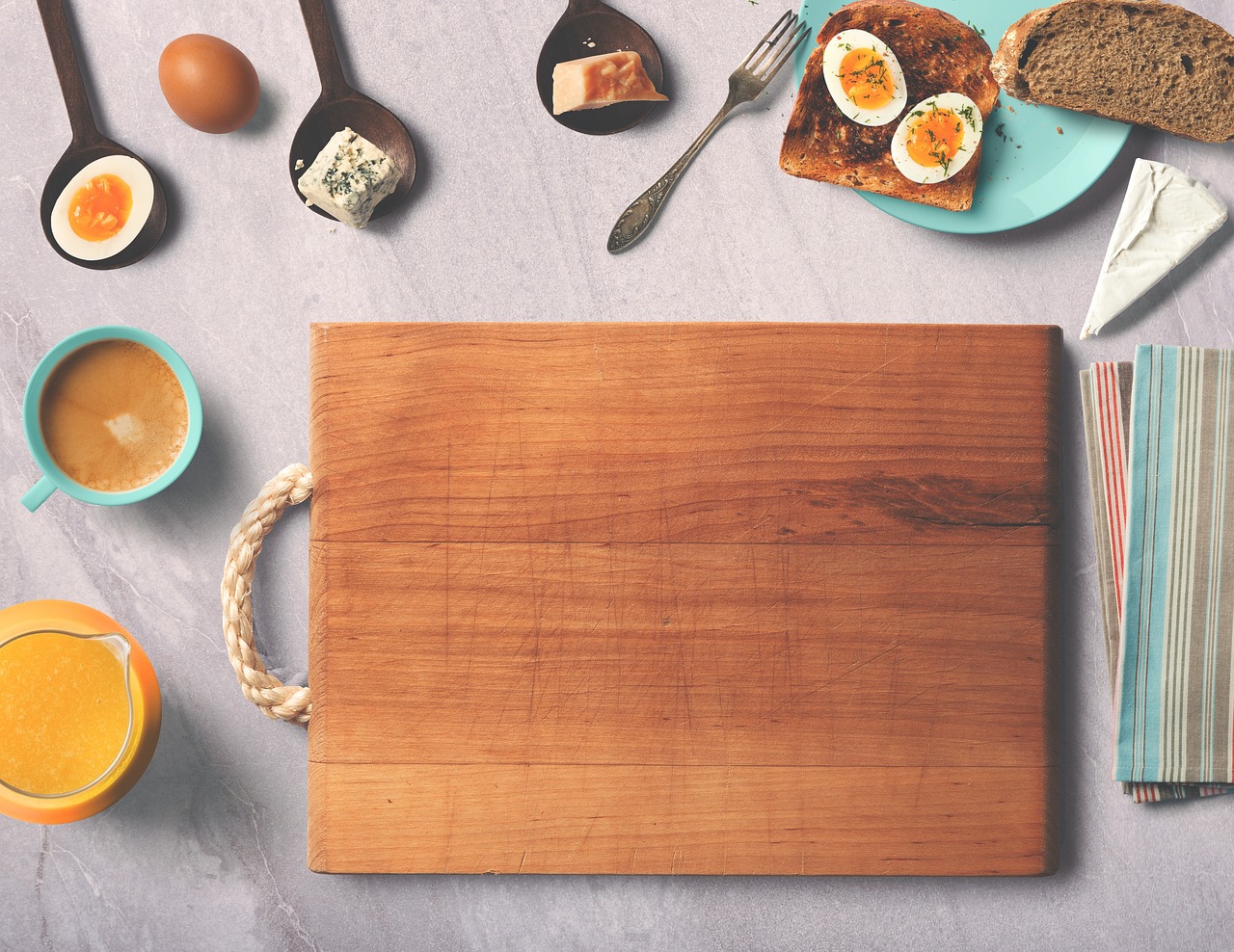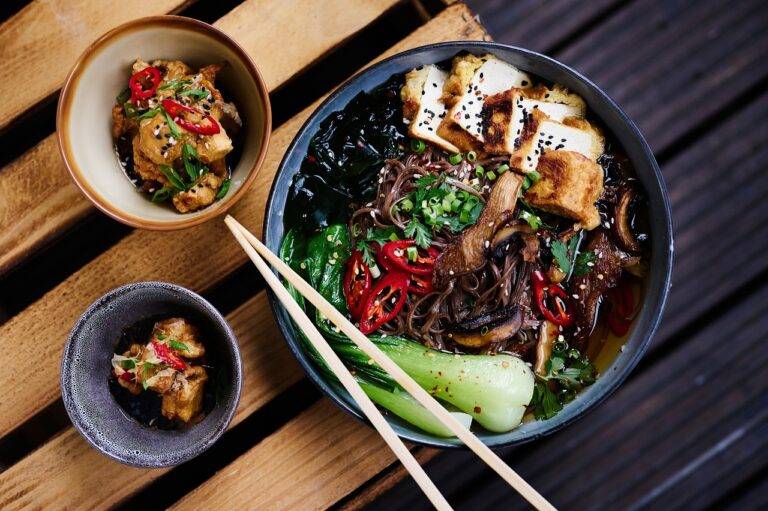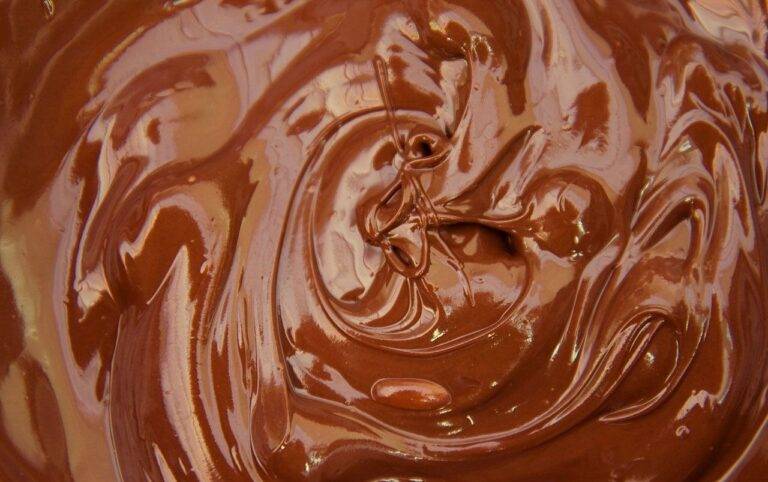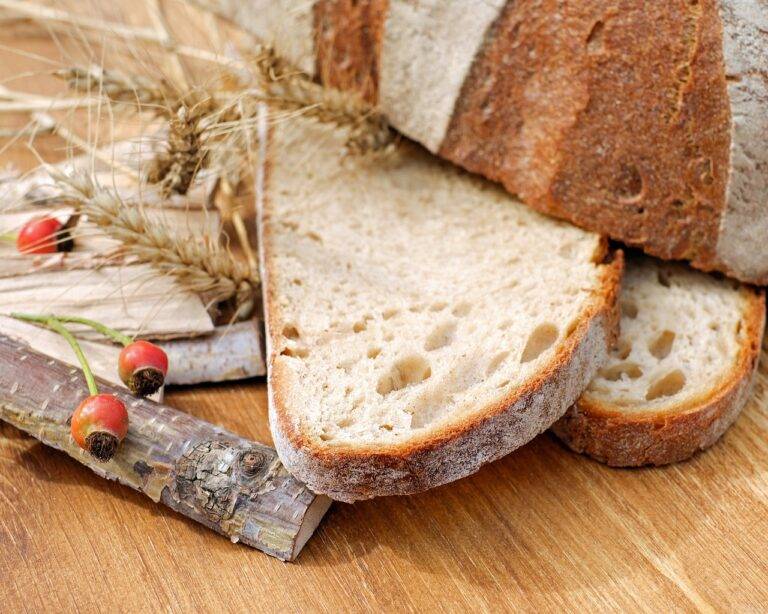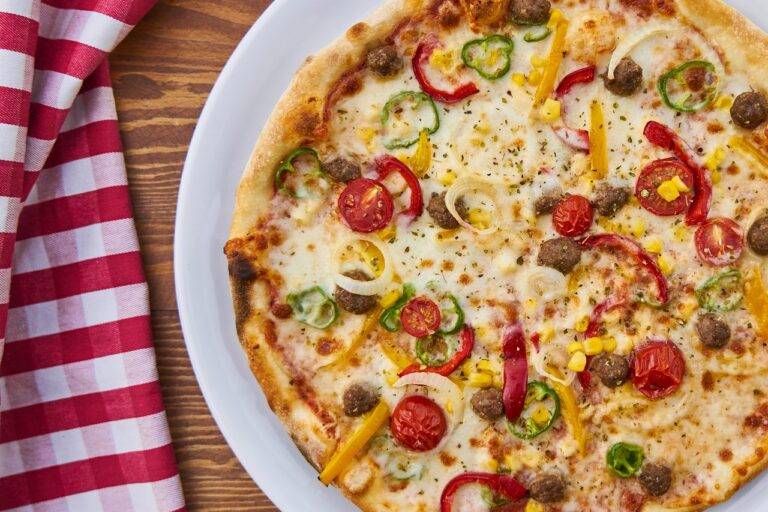The Art of Food Pairing: Finding the Perfect Wine for Every Dish
When it comes to pairing food and wine, understanding the basics is essential for creating harmonious flavor combinations. The goal of food and wine pairing is to enhance the dining experience by finding complementary flavors that elevate both the dish and the wine. By considering the characteristics of both the food and the wine, you can create a balanced and enjoyable pairing that enhances the overall dining experience.
One key aspect to consider when pairing food and wine is to match the intensity of the wine with the flavors in the dish. Lighter dishes often pair well with lighter wines, while bolder dishes can stand up to more robust wines. Additionally, considering the acidity, sweetness, and tannins in both the food and the wine can help guide you towards successful pairings. By experimenting with different combinations and paying attention to how the flavors interact, you can discover your own preferences when it comes to food and wine pairings.
Heading 2: Factors to Consider When Pairing Food and Wine
When tackling the art of pairing food and wine, there are several key factors to consider. One crucial element to keep in mind is the weight of both the dish and the wine. Heavier, richer foods generally pair well with full-bodied wines, while lighter dishes are better complemented by lighter-bodied wines. This balance ensures that neither the food nor the wine overwhelms the palate, allowing the flavors to harmonize seamlessly.
Another important factor to take into account is the acidity of both the food and the wine. Acidic dishes tend to pair well with high-acid wines, as the acidity in the wine can complement and enhance the flavors of the dish. Conversely, low-acid wines are better suited to dishes that are less acidic to prevent one component from overpowering the other. By considering the weight and acidity of both the food and the wine, you can create harmonious pairings that elevate the dining experience.
Heading 3: Matching Wine Intensity with Food Flavors
When pairing wine with food, it’s essential to consider the intensity of both the wine and the dish. A general rule of thumb is to match the intensity of the wine with the flavors of the food. For example, lighter wines such as Pinot Grigio or Sauvignon Blanc pair well with delicate dishes like seafood or salads, while fuller-bodied wines like Cabernet Sauvignon or Malbec complement heartier meals such as steaks or stews.
The key to successfully matching wine intensity with food flavors is to find a balance that enhances the overall dining experience. When enjoying a spicy dish, opt for a wine with a slightly higher alcohol content to offset the heat. Conversely, light and refreshing wines like Riesling or Rosé are perfect choices for dishes with subtle flavors to ensure the wine doesn’t overpower the food. By paying attention to the intensity of both the wine and the food, you can create harmonious pairings that elevate the flavors of each component.

